Despite being a warm-climate species, native to Southwest Asia and the Mediterranean, you’ll find several varieties of cold hardy fig trees to enjoy your favorite fruit in the colder climates. Cold hardy fig trees can be grown in USDA zones 5 to 10 so the fig-lovers living in the North and Midwest never have to go fig-less.
The 3 most common cold hardy fig trees are: Brown Turkey, Celeste, and Chicago, since they can tolerate winter temperatures as low as 5°F. Fig trees can be protected from cold by using mulch, planting on south-facing areas, and wrapping branches in burlap.
Besides these, several other cold hardy fig trees exist to grow in the northern climates, each with its own specifications and growth habits.
Even a cold hardy fig tree, suited to your climate will need some protection to survive the winters, especially while the plant is young.
Once it has a strong start and establishes well, it will give big harvests each year with minimum maintenance.
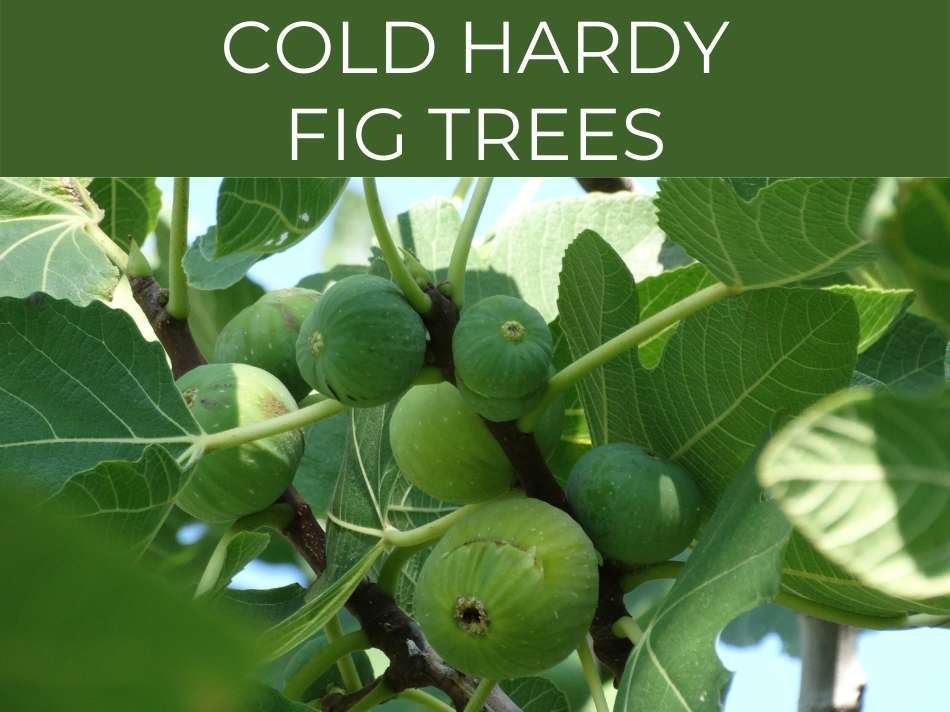
Cold Hardy Fig Trees
Having been grown for centuries, figs are considered an ancient fruit, with Turkey, Egypt, Morocco, Iran and other temperate regions being the top fig-producing nations.
In the US, much of the fig production is concentrated in California since the majority of the fig cultivars are not cold hardy.
The usual fig tree varieties can be killed if the temperatures drop below 20°F.
Cold hardy fig trees are an exception to the usual requirements since you can grow them in regions where the winter temperatures don’t fall below 5°F.
Cold hardy fig trees include Brown Turkey, Celeste and Chicago.
Though they may freeze to the ground in response to low winter temperatures, they will reappear in spring as soon as the temperatures are favorable.
Keep in mind though that long periods of low temperatures can limit growth and reduce productivity.
An extended period of freeze may even kill a young tree.
Even the cold hardy fig trees will need some winter protection during the first 2 to 5 years of their lives, until they establish themselves into a strong tree.
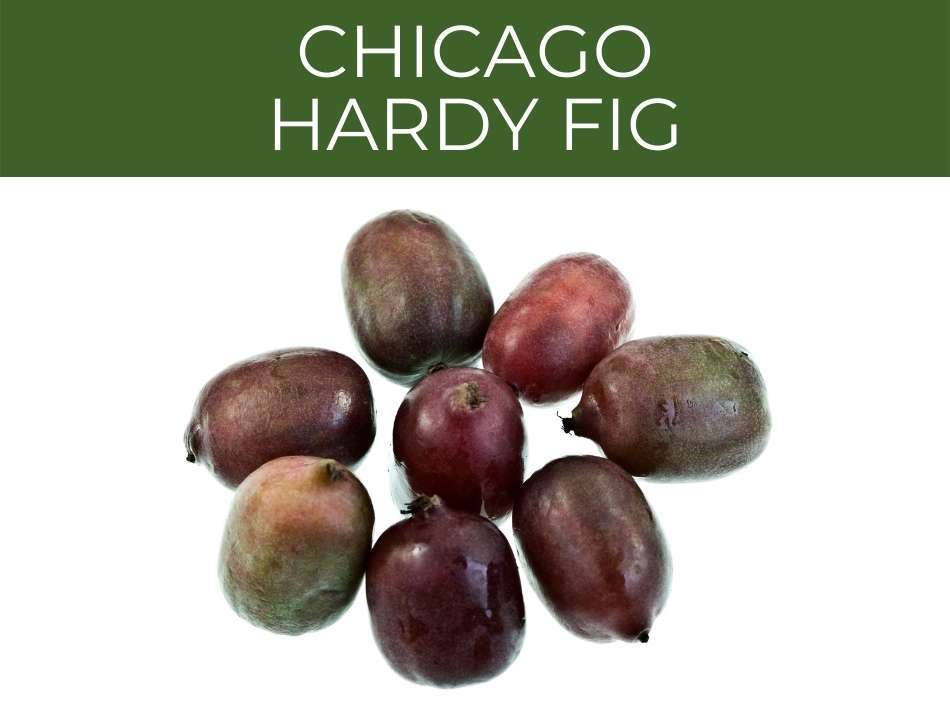
Chicago Hardy Fig
Chicago Hardy fig, or Hardy Chicago, is a cold hardy variety producing sweet, light purple figs that come to harvest in late summers.
It’s one of the hardiest edible figs that northern growers can rely on.
Chicago Hardy can easily grow in zones 6 and warmer.
You can even grow it in Zone 5 by creating a microclimate and giving it protection through the winters.
Though the stems are hardy to 10°F, the roots of Chicago Hardy are hardy to -20°F.
This suggests that even if the plant freezes to the ground in the cold weather, it will rebound again in spring.
The medium-sized fruit will appear in late summers on the new wood with a unique flavor, resembling that of peach.
Chicago Hardy Fig Care
Chicago Hardy produces a reliable yield with sweet, medium-sized fruit each year as long as you give it suitable care.
It’s a self-fertile variety that dies back in harsh winters but will resprout each spring, producing fruit on the new wood.
It’s widely grown in northern home gardens due to its reliable performance despite the cold climate.
Irrigation during summers increases fruit size and production, which equates to watering every 3 to 5 days, or more often in peak summers.
They’ll need to be watered every two weeks during winter dormancy.
It will benefit from growing in a basin to hold water for longer.
You won’t need to fertilize Chicago Hardy while growing it in native soil.
However, fertilization with a nitrogen-rich formula is needed when growing it in sandy soil.
Fertilize it two to three times during the growing season.
No special pruning is needed to promote fruiting, but you may remove any diseased or damaged wood to keep the tree in good shape.
If you need to transplant, you’ll want to check out our complete article on how to transplant a fig tree.
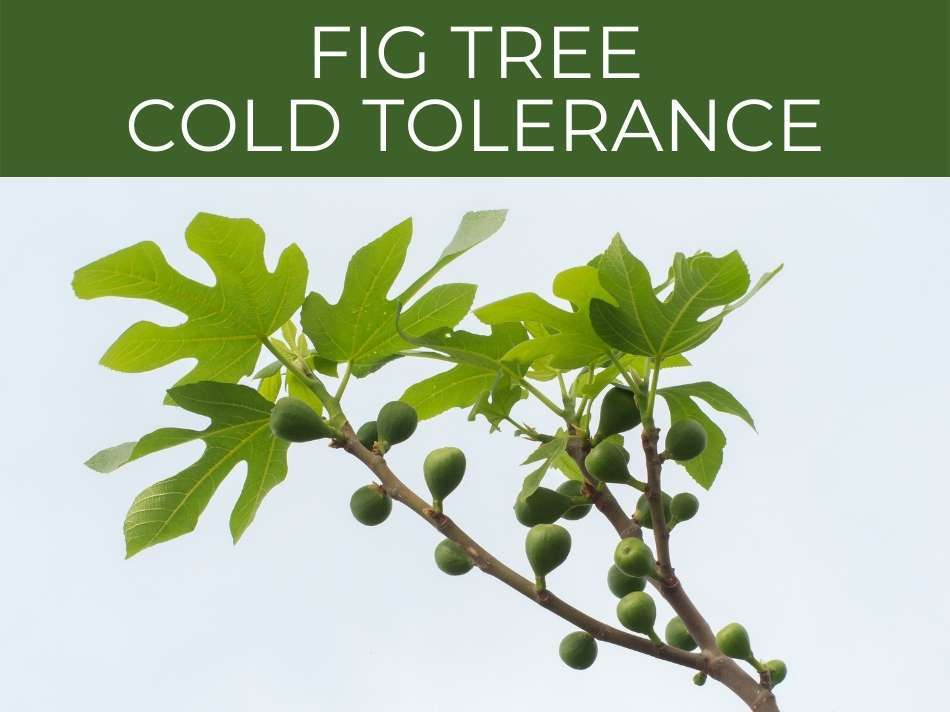
Fig Tree Cold Tolerance
Fig trees are native to tropical and subtropical climates and grow best in warmer temperatures.
In general, fig trees thrive in areas where the winter temperatures do not drop below 20°F.
Young fig trees are less tolerant and can even be damaged if the temperatures drop to 25 to 27°F.
Cold hardy fig trees are more tolerant than the typical varieties and can survive temperatures as low as 5°F.
Mature dormant trees have a much higher tolerance to frost than those that are actively growing.
Limiting irrigation promotes the onset of dormancy, and is a good way to protect against frost.
And, if you’re like 99% of gardeners, you’ll also want to check out our article on whether 40 degrees is too cold for tomatoes.
How To Protect Fig Tree In Winter
Cold hardy fig trees have a better tolerance to the cold winters than the usual fig tree varieties.
However, even the cold hardy fig trees will need some protection to survive the cold winters.
Limiting irrigation promotes dormancy, which reduces the chances of frost damage.
In colder climates, planting fig trees on the south side of the house gives it better protection against the cold, reducing the effects of frost damage.
Surround the base of the tree with straw mulches to insulate it during the cold weather and prevent damage to the crown of the tree.
Dwarf fig varieties are easier to protect since they can be grown in containers and relocated to a region shaded from the frost such as the garage.
Choose a variety suited to your region and offer it the conditions it requires to help it thrive.
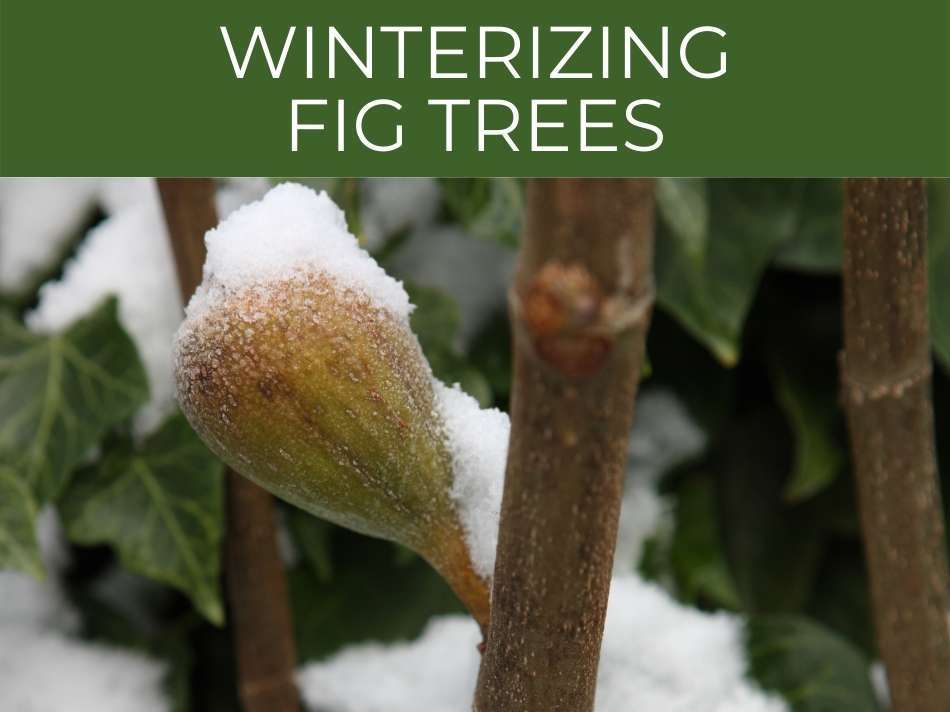
Winterizing Fig Trees
In areas colder than zone 7, fig trees will benefit from winterizing.
After the leaves drop to the ground, but before the harsh weather arrives, remove all the remaining leaves and unripe figs.
Wrap the tree branches in paper or burlap and tie them together.
Place a cardboard box around the tree and fill it loosely with straw.
Cover the top with tarp to prevent water from entering.
Containerized fig trees are easier to winterize.
After a hard frost, remove all remaining leaves and unripe figs and move the container indoors.
You can place it in a cool, frost-proof cellar or garage.
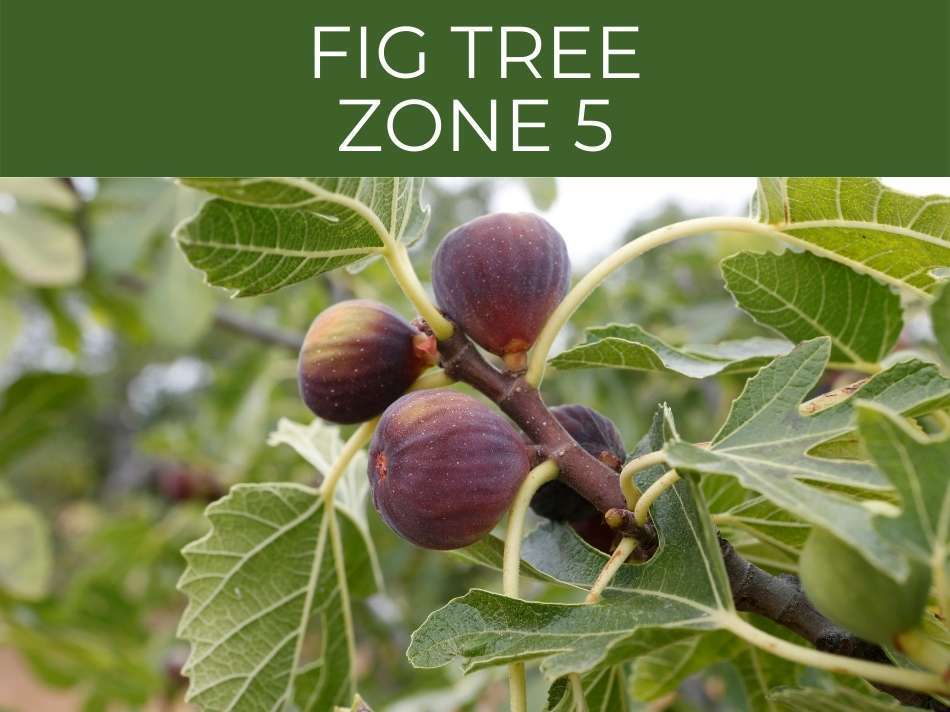
Fig Tree Zone 5
Though fig trees grow best in warm climates, hardy fig tree varieties exist for zone 5 as well.
In USDA zone 5, where winter temperatures can drop as low as -15°F, you can either grow fig trees in containers to winterize indoors, or choose a hardy variety suited to the region.
Hardy Chicago and Brown Turkey can be grown outdoors in zone 5, with Hardy Chicago being the most reliable one.
Because these cultivars fruit on new wood, they’ll give a harvest even if old wood dies back or freezes during the winters.
Protect the tree by wrapping it in burlap if it gets especially cold during winters.
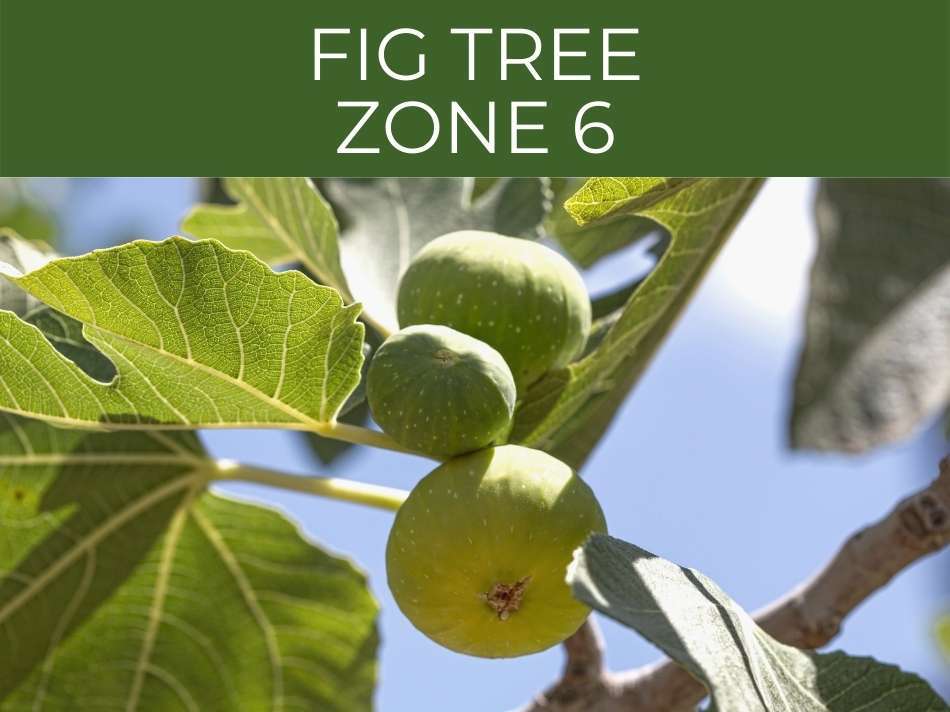
Fig Tree Zone 6
While the usual fig tree varieties are hardy to zone 8, the roots offer better tolerance to the cold weather and can even survive in zones 6 and 7.
Root tolerance indicates that even if the tree dies back in winters, the roots will survive and new branches and leaves will grow as soon as the weather warms up.
Fig trees growing in zone 6, including the hardy varieties, will be more productive with some added winter protection.
Make a cage of chicken wire to enclose the tree and fill it with mulching material, including shredded leaves, hay and straw.
Hardy Chicago is ideal for growing in zone 6 gardens and produces a large crop of medium to small fruits in summers even if the branches die back in winters.
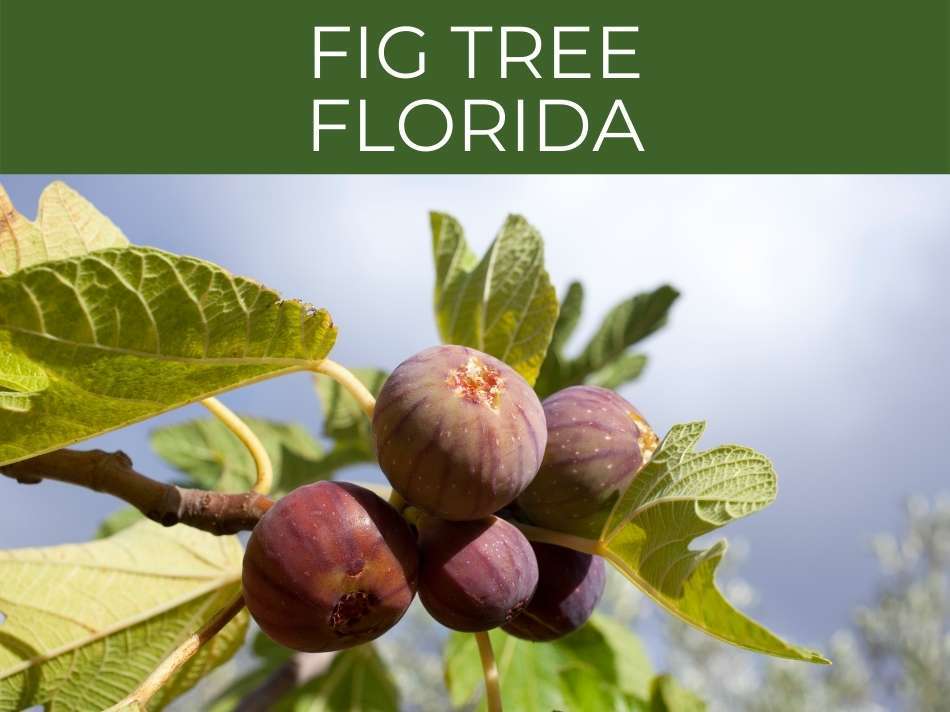
Fig Tree Florida
Fig trees are easy to grow in Florida, especially North and Central Florida.
Though you may even grow them in South Florida, they may not give a large harvest.
Celeste, Brown Turkey, Jelly, and Green Ischia are the varieties best adapted to Florida soil and climate.
When starting from cuttings, fig trees are best planted around March.
However, if you want to plant a young fig tree you bought from the nursery, you can do so any time of the year with equally good chances of success.
It takes about two years for a young fig tree to start giving fruit, but it will give two harvests each year once it starts producing.
If you also grow tomatoes, check out the complete article on growing tomatoes in Florida.
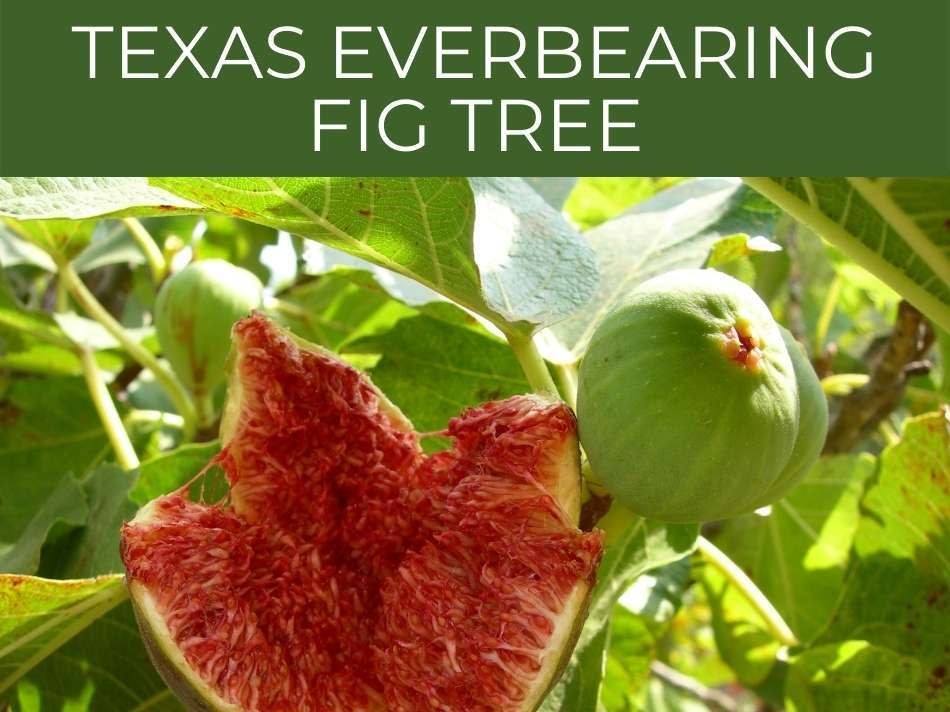
Texas Everbearing Fig Tree
Texas everbearing fig tree, also called the Brown Turkey fig, is a hardy shrub-tree that produces loads of deep purple pear-shaped sweet figs.
Texas everbearing fig tree produces nearly seedless fruits, bearing from June to August.
The variety grows best in full sun and well-drained soil.
Plant it in a sheltered location in cold climates to protect it from winter frost.
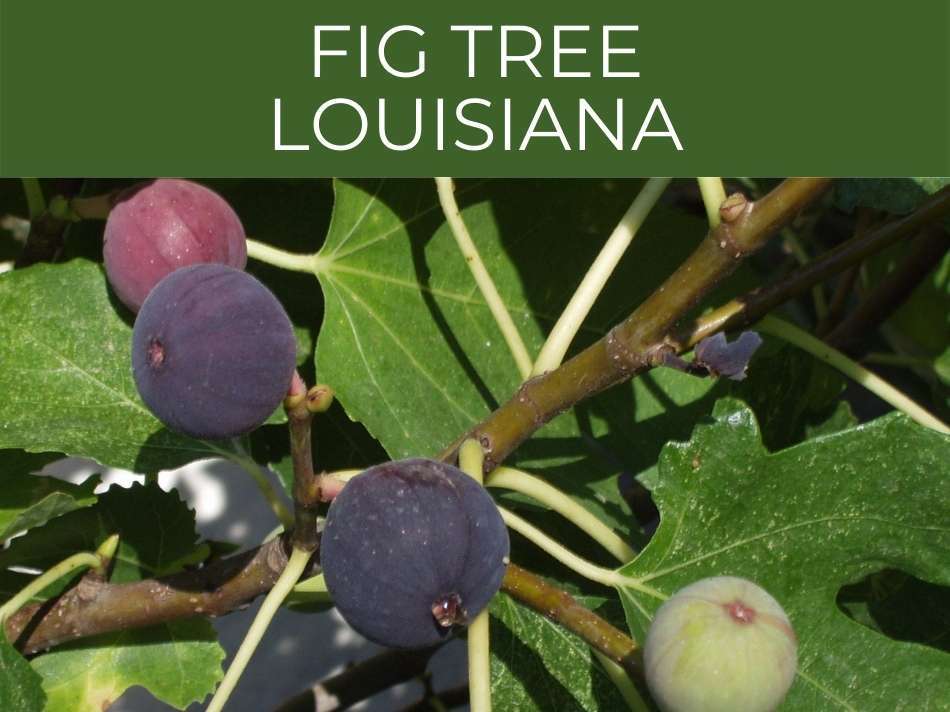
Fig Tree Louisiana
Fig trees are among the most widely grown fruit trees in Louisiana because they are easy to grow and readily available in nurseries.
Celeste is the most popular and reliable variety to grow in Louisiana.
Florentine is another good variety for Louisiana weather and produces bigger fruits than that of Celeste.
While you’ll get some small, green figs on young trees, the tree will start giving a proper harvest after three to four years from planting.

Conclusion
Though fig trees grow best in warmer climates, you’ll also find varieties for growing in colder regions, including zones 5 and 6.
Even the cold hardy fig trees, including Chicago Hardy and Brown Turkey, will need some winter protection to continue producing a bountiful crop each summer.


